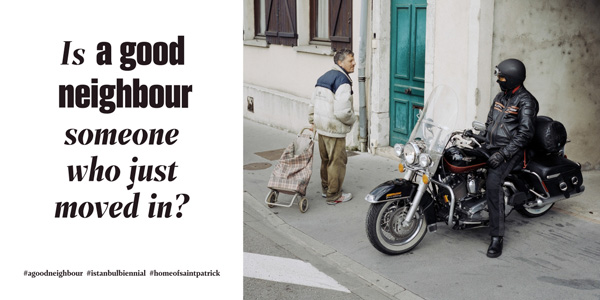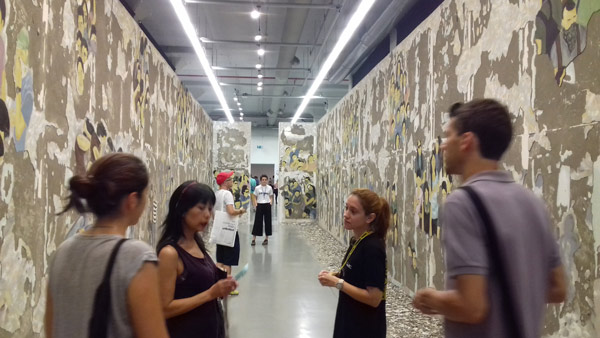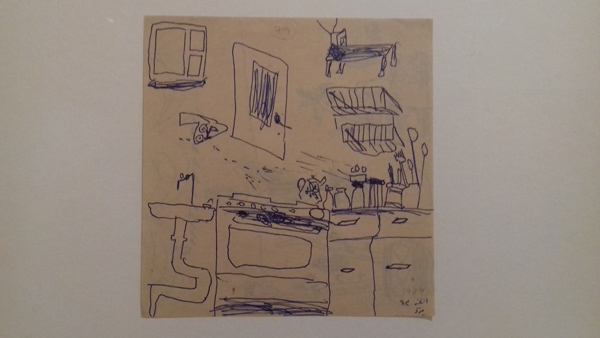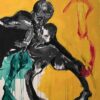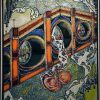Neighbourhood in the shadows of an old neighbour
A brief look at 15th Istanbul Biennial
By: Maryam Roshanfekr
Translated to English: Behrad Sharifi
Istanbul as Turkey’s most well known city, has been one of Iran’s oldest neighbours, with all the history in between. From 16th of September to 12th of November 2017, Istanbul Bienniel is being held during 6 cultural and artistic places in Istanbul under the title of ” a good neighbour”
In this report about Istanbul Biennial, the first section is a prelude to Biennial and next section introduces some of the prominent Biennial artists. Istanbul’s Biennial is one of the cultural activates held by IKSV Culture and Arts Foundations. This is a nonprofit institution, opened in 1973 and has continued its activities to this day. The Foundation organizes various cultural and artistic activities such as music, film, theater and jazz festivals, as well as Design Biennial and Istanbul Biennial, and Turkish Pavilion in Venice Biennial is also presented by this center.
This year’s Biennial is curated by two international artists Elmgreen and Dragset, and its main center is Istanbul’s Modern Museum with 5 other cultural centers including a school, a historic bath and a museum.
In this Biennial, various artists from Turkey, Iraq, Europe and Africa have been participated, whose works have been selected by Elmgreen and Dragset. There is only one work from Iranian artists living in Berlin, Mirak Jamal, in this Biennial.
This Year’s concept is “a good neighbour, and its main motto is: “is the neighbour the same stranger that we do not fear?” and as the works show, the issue of companion and interactions of humans plays a central role in it. However, some of the works directly emphasizes on the issue of Neighbourhood. Some of the works also include human relationships, human relations with nature and their living environment, such as home, town and neighbourhood. Arab artist, Latifa Echakh has created a large fresco on the entrance corridor. The masses of human beings in their struggle for life and scraped colours on the ground points out how the collective demands of human beings are destroyed by governments, wars and destructions. Tittle of this work is “Crowds Fade” and points to gradual loss of humanity in society.
On the other hand, Lebanese artist, Rayyan Tabet, in a huge installation in last hall, has placed house, place of living and nature side by side. He has placed a set of marble and concrete monoliths on the ground and in the corner of the hall placed a mechanical excavator, gathering a lot of trees in that corner.
Mirak Jamal refers to the house and community in poetry sentences that they are places to be lost and found, Jamal says about himself: leaving the house (Iran) and immigrating to Canada made the meaning of the house for him to be fuzzy.
Jamal uses his childhood paintings in a series of works presented at the Istanbul Biennial and draws them on a canvas; a child in his first home, Iran. And then put these paintings behind a wall, which is broken so we can see the paintings.


